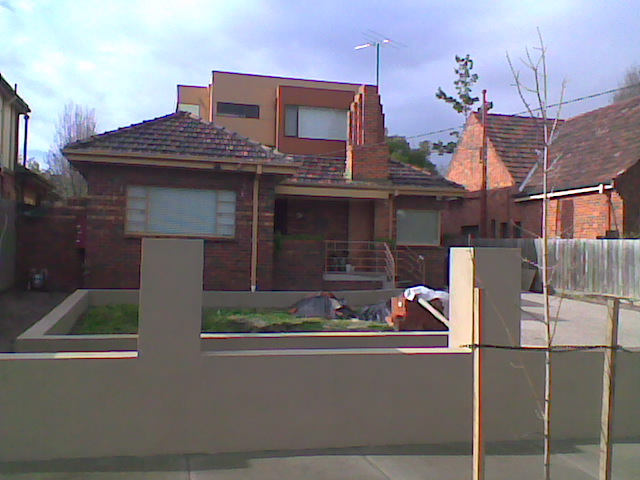Guest post by Callum Scott of Scott Finance
Before looking at the difference between a construction loan and a standard mortgage, it is important to realise that the criteria for obtaining a construction loan are pretty much the same as those for a mortgage.
Therefore you need to approach the borrowing process in the same way. The amount you can borrow will depend on your deposit, income, assets, liabilities and savings or investment history.
A finance broker or lender will help you assemble the necessary documents and make the application for the loan.
The important difference between a construction loan and a standard mortgage is that whilst the home is being constructed, your only payments are for the interest being charged on the amount you currently owe at any given time.
Payments start with the purchase of the land, and then the amount you owe would gradually increase as you pay the builder for the completed stages of the build. Usually the interest is charged monthly or fortnightly.
A good guide to fair stage payments is found in a Victorian Government Act which lay down the following percentages of the full contract price:
- Deposit 5%
- Base 10%
- Frame 15%
- Lock Up 35%
- Fixing 25%
- Completion 20%
See How Much Should Stage Payments Be for more information
Once the loan is fully drawn down, the construction loan is converted to a mortgage. This may still be interest-only if negotiated, or more likely a principal and interest mortgage at the standard variable rate or a fixed rate.
For no cost advice about your housing contact: Scott Finance
